Healing herbs to grow right in your backyard? Absolutely! Imagine stepping outside and having a natural pharmacy at your fingertips. Forget those expensive trips to the health food store – with a little know-how, you can cultivate your own collection of potent remedies.
For centuries, cultures around the globe have relied on the power of herbs for healing. From ancient Egyptians using aloe vera to soothe burns to Native Americans employing echinacea to boost immunity, the knowledge of herbal medicine is deeply woven into our history. It’s a tradition that connects us to the earth and empowers us to take control of our well-being.
But why should you bother with growing your own healing herbs to grow? In today’s fast-paced world, many of us are seeking natural and sustainable ways to support our health. Store-bought herbs can be costly and may not always be as fresh or potent as we’d like. By growing your own, you ensure quality, save money, and gain a deeper understanding of the plants that nourish and heal us. Plus, it’s incredibly rewarding to harvest something you’ve nurtured from seed to leaf!
Ready to ditch the drugstore and embrace the power of your own garden? Let’s dive into some easy DIY tricks and hacks to get you started on your herbal healing journey!
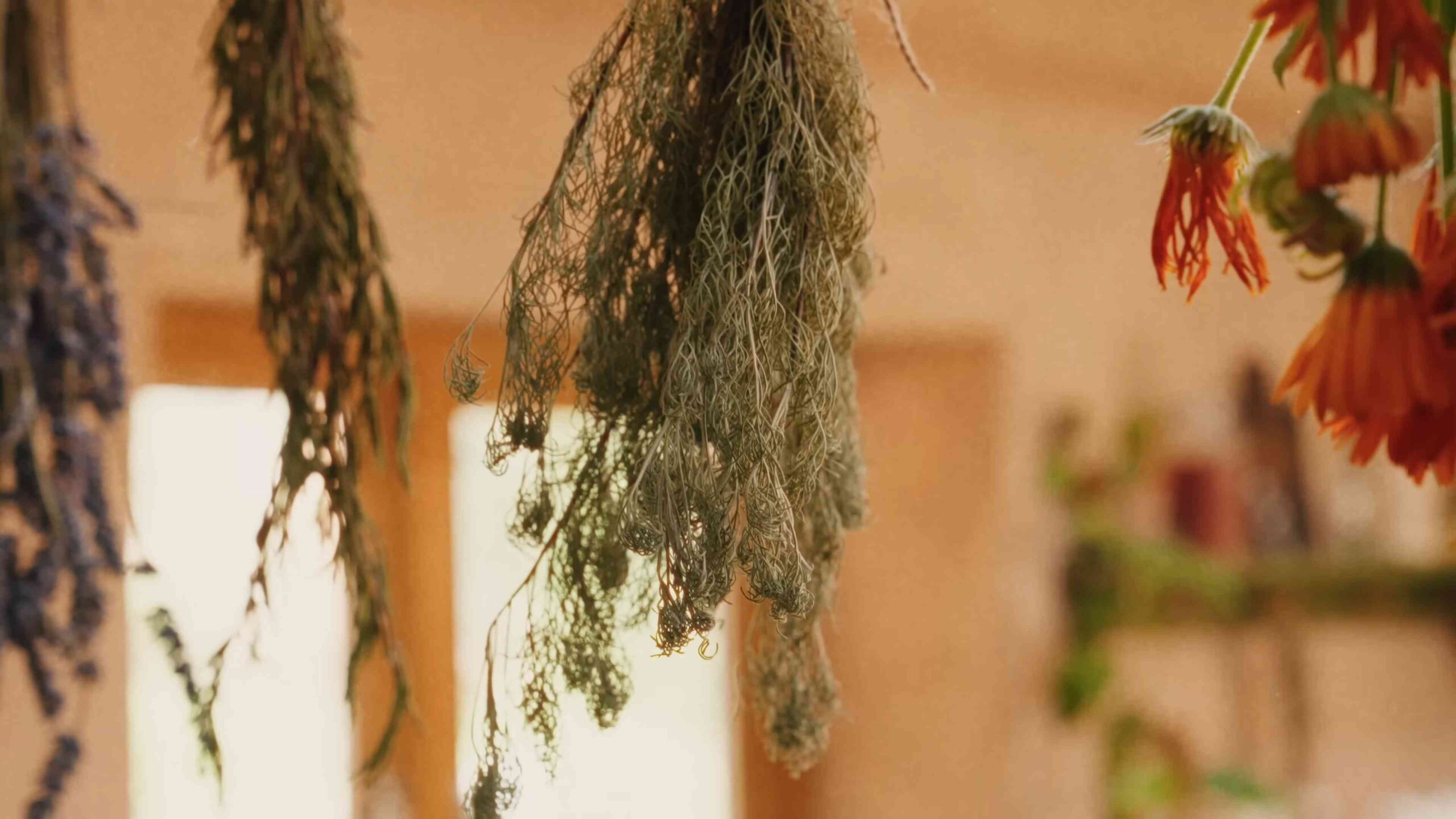
Grow Your Own Healing Garden: A DIY Guide to Cultivating Medicinal Herbs
Hey there, fellow plant enthusiasts! I’m so excited to share my passion for growing medicinal herbs with you. There’s something incredibly empowering about nurturing plants that can not only beautify your space but also contribute to your well-being. In this guide, I’ll walk you through everything you need to know to create your own healing garden, from choosing the right herbs to planting and caring for them. Let’s get our hands dirty!
Choosing Your Healing Herbs
Before we dive into the planting process, let’s talk about which herbs you might want to grow. The best choices will depend on your climate, the space you have available, and, most importantly, your personal needs and interests. Here are some of my favorite and most commonly used medicinal herbs:
* Chamomile: Known for its calming and relaxing properties, chamomile is perfect for teas and tinctures.
* Lavender: Another calming herb, lavender is also antiseptic and can be used in aromatherapy, teas, and infused oils.
* Mint (Peppermint, Spearmint): Great for digestion, headaches, and congestion. Mint is incredibly easy to grow, but be warned – it can be invasive!
* Lemon Balm: A mood booster and antiviral herb, lemon balm is delicious in teas and can help soothe cold sores.
* Calendula: A powerful skin healer, calendula is fantastic for making salves and creams for cuts, burns, and rashes.
* Echinacea: Known for boosting the immune system, echinacea is often used to fight off colds and flu.
* Rosemary: Improves memory and concentration, and has antioxidant properties. It’s also a delicious culinary herb!
* Thyme: An antiseptic and expectorant, thyme is great for coughs and respiratory issues.
* Sage: Known for its anti-inflammatory and antimicrobial properties, sage can also help with memory and hot flashes.
* Aloe Vera: A succulent known for soothing burns and skin irritations. It’s best grown indoors in cooler climates.
Consider what ailments you’d like to address with your herbs and choose accordingly. Remember to research each herb thoroughly to understand its properties and potential interactions with medications.
Preparing Your Garden Space
Now that you’ve chosen your herbs, it’s time to prepare your garden space. Whether you have a sprawling backyard or just a sunny windowsill, you can create a thriving herb garden.
* Location: Most herbs need at least 6 hours of sunlight per day. Choose a location that gets plenty of sun.
* Soil: Herbs prefer well-draining soil that is rich in organic matter. If your soil is heavy clay or sandy, amend it with compost or other organic materials.
* Containers: If you’re growing in containers, choose pots that are at least 6 inches deep and have drainage holes. Terracotta pots are a good choice because they allow the soil to breathe.
* Raised Beds: Raised beds are a great option if you have poor soil or limited space. They also make gardening easier on your back!
Planting Your Herbs: Step-by-Step Guide
Alright, let’s get planting! Here’s a step-by-step guide to planting your herbs, whether you’re starting from seeds or using starter plants.
Starting from Seeds
Starting from seeds can be a rewarding experience, but it requires a bit more patience and attention.
1. Choose Your Seeds: Select high-quality seeds from a reputable source. Consider starting seeds indoors 6-8 weeks before the last expected frost, especially for herbs like echinacea and chamomile that benefit from a head start.
2. Prepare Your Seed Starting Mix: Use a seed starting mix, which is a lightweight, sterile mix that provides good drainage. Avoid using garden soil, as it can contain pathogens that can harm seedlings.
3. Sow the Seeds: Fill your seed starting trays or pots with the seed starting mix. Moisten the mix gently. Sow the seeds according to the instructions on the seed packet. Generally, you’ll want to sow the seeds thinly and cover them lightly with the mix.
4. Provide Light and Warmth: Place the seed trays in a warm location, such as on top of a refrigerator or near a heat vent. Use a grow light to provide consistent light, especially if you don’t have a sunny windowsill.
5. Keep the Soil Moist: Water the seedlings regularly, keeping the soil consistently moist but not soggy. Use a spray bottle to avoid disturbing the delicate seedlings.
6. Thin the Seedlings: Once the seedlings have their first true leaves (the second set of leaves), thin them out, leaving only the strongest seedlings in each cell or pot.
7. Harden Off the Seedlings: Before transplanting the seedlings outdoors, you’ll need to harden them off. This means gradually exposing them to outdoor conditions over a period of 1-2 weeks. Start by placing them in a sheltered location for a few hours each day, gradually increasing the amount of time they spend outdoors.
8. Transplant the Seedlings: Once the seedlings are hardened off and the danger of frost has passed, you can transplant them into your garden or containers.
Planting Starter Plants
Planting starter plants is a quicker and easier way to get your herb garden going.
1. Choose Healthy Plants: Select plants that are healthy and vigorous, with no signs of pests or diseases. Look for plants with strong stems and plenty of leaves.
2. Prepare the Planting Hole: Dig a hole that is slightly larger than the root ball of the plant.
3. Remove the Plant from the Container: Gently remove the plant from its container. If the roots are pot-bound (tightly circling the root ball), gently loosen them before planting.
4. Plant the Herb: Place the plant in the hole, making sure that the top of the root ball is level with the surrounding soil.
5. Fill the Hole: Fill the hole with soil, gently firming it around the plant.
6. Water Thoroughly: Water the plant thoroughly after planting.
Caring for Your Herb Garden
Once your herbs are planted, it’s important to provide them with the care they need to thrive.
* Watering: Water your herbs regularly, especially during dry spells. The amount of water they need will depend on the type of herb, the soil, and the weather. Generally, you’ll want to water deeply but infrequently, allowing the soil to dry out slightly between waterings.
* Fertilizing: Herbs generally don’t need a lot of fertilizer. However, you can give them a boost by adding compost or a balanced organic fertilizer to the soil in the spring.
* Pruning: Pruning your herbs regularly will encourage them to grow bushier and produce more leaves. Pinch back the tips of the stems to promote branching.
* Weeding: Keep your herb garden free of weeds, which can compete with your herbs for nutrients and water.
* Pest and Disease Control: Monitor your herbs regularly for signs of pests or diseases. If you spot any problems, take action quickly to prevent them from spreading. Organic pest control methods, such as insecticidal soap or neem oil, are a good choice for herb gardens.
Harvesting Your Herbs
Harvesting your herbs is one of the most rewarding parts of growing them!
* When to Harvest: The best time to harvest herbs is in the morning, after the dew has dried but before the sun gets too hot. This is when the essential oils are most concentrated.
* How to Harvest: Use sharp scissors or pruning shears to harvest your herbs. Cut the stems just above a leaf node (the point where a leaf grows from the stem).
* Drying Herbs: To dry your herbs, tie them in small bundles and hang them upside down in a cool, dry, well-ventilated place. You can also dry them in a dehydrator or in a low oven.
* Storing Herbs: Once your herbs are dried, store them in airtight containers in a cool, dark place.
Specific Herb Care Tips
Here are some specific care tips for some of the herbs we discussed earlier:
* Mint: Plant mint in a container to prevent it from spreading aggressively. Water regularly and prune frequently to keep it from getting leggy.
* Lavender: Lavender prefers well-draining soil and full sun. Avoid overwatering, as this can lead to root rot. Prune after flowering to encourage bushier growth.
* Rosemary: Rosemary is drought-tolerant and prefers well-draining soil. Prune regularly to maintain its shape.
* Chamomile: Chamomile prefers full sun and well-draining soil. Deadhead the flowers regularly to encourage more blooms.
* Aloe Vera: Aloe vera is a succulent that prefers bright, indirect light and well-draining soil. Water sparingly, allowing the soil to dry out completely between waterings.
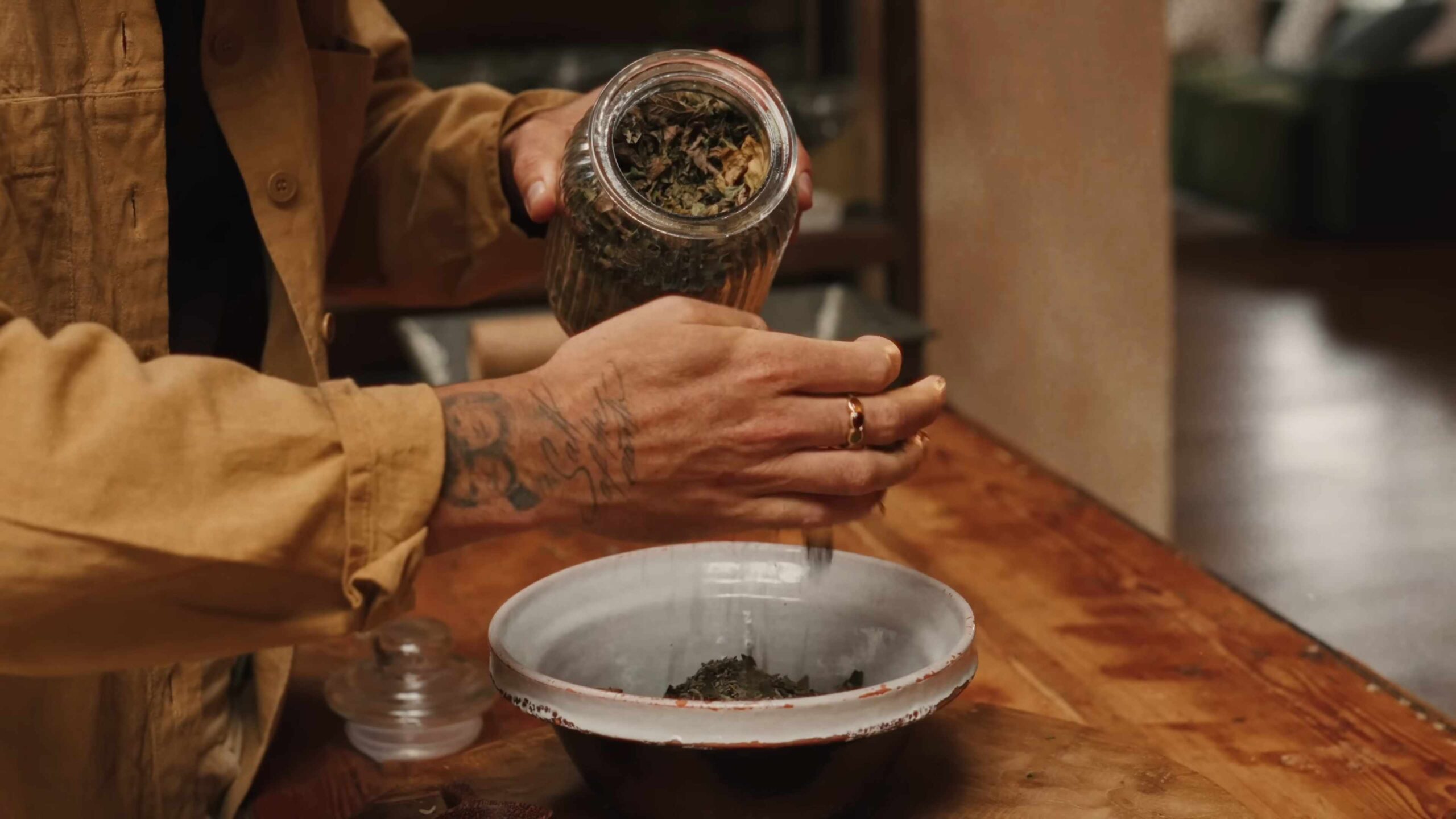
Conclusion
So, there you have it! Cultivating your own healing herbs is more than just a gardening project; it’s an investment in your well-being, a connection to nature, and a step towards a more sustainable lifestyle. We’ve explored some incredible herbs, each offering unique therapeutic properties and culinary possibilities. From the calming lavender to the immune-boosting echinacea, the possibilities are truly endless.
Why is this DIY approach a must-try? Because it puts you in control. You know exactly what goes into your herbs – no pesticides, no hidden chemicals, just pure, natural goodness. Plus, the satisfaction of harvesting something you’ve nurtured from seed (or seedling!) is unparalleled. It’s a rewarding experience that connects you to the earth and provides you with fresh, potent ingredients for teas, tinctures, culinary creations, and more.
But don’t stop there! Experiment with different varieties of these herbs. Try growing lemon balm instead of regular balm for a citrusy twist. Explore different cultivars of mint – chocolate mint, spearmint, peppermint – each offering a unique flavor profile. Consider companion planting to maximize your garden’s health and productivity. Basil, for example, is a great companion for tomatoes, helping to deter pests and improve their flavor.
And speaking of variations, think beyond the garden bed. Container gardening is a fantastic option for those with limited space. You can grow many of these herbs in pots on your balcony, patio, or even indoors near a sunny window. Vertical gardening is another space-saving solution, allowing you to create a living wall of healing herbs.
The key to success with these healing herbs is understanding their individual needs. Some, like rosemary and lavender, thrive in well-drained soil and full sun. Others, like mint and lemon balm, prefer partial shade and moist conditions. Research the specific requirements of each herb you choose to grow and tailor your gardening practices accordingly.
Don’t be afraid to experiment with different growing techniques. Try starting your herbs from seed indoors to get a head start on the growing season. Experiment with different soil amendments to improve drainage and fertility. And most importantly, don’t give up if you encounter challenges. Gardening is a learning process, and every mistake is an opportunity to grow (pun intended!).
We encourage you to embark on this journey of growing your own healing herbs. It’s a rewarding experience that will benefit your health, your home, and your connection to the natural world. Once you’ve harvested your first batch of homegrown goodness, we want to hear about it! Share your experiences, your successes, and even your challenges in the comments below. Let’s create a community of herb enthusiasts, sharing tips, tricks, and inspiration. Let us know which **healing herbs** you decided to grow and how you are using them!
Remember, growing your own healing herbs is not just about having access to fresh, natural ingredients; it’s about empowering yourself to take control of your health and well-being. So, get your hands dirty, connect with nature, and experience the magic of homegrown healing.
Frequently Asked Questions (FAQ)
What are the easiest healing herbs to start growing for a beginner?
For beginners, some of the easiest and most rewarding healing herbs to grow include:
* **Mint:** Mint is incredibly easy to grow, almost to a fault! It spreads quickly, so it’s best to keep it contained in a pot. It thrives in partial shade and moist soil.
* **Basil:** Basil is a warm-weather herb that’s relatively easy to grow from seed or seedlings. It needs plenty of sunshine and well-drained soil.
* **Chives:** Chives are a hardy perennial that can tolerate a wide range of conditions. They’re easy to grow from seed or division and will readily self-seed.
* **Lemon Balm:** Similar to mint, lemon balm is easy to grow but can be invasive. It prefers partial shade and moist soil.
* **Rosemary:** Rosemary is a drought-tolerant herb that thrives in full sun and well-drained soil. It’s relatively easy to grow from cuttings.
How much sunlight do healing herbs generally need?
Most healing herbs thrive in at least 6 hours of direct sunlight per day. However, some herbs, like mint and lemon balm, can tolerate partial shade. It’s essential to research the specific sunlight requirements of each herb you plan to grow. If you’re growing herbs indoors, place them near a sunny window or use grow lights to supplement natural light.
What kind of soil is best for growing healing herbs?
Well-drained soil is crucial for most healing herbs. Heavy clay soil can retain too much moisture, leading to root rot. Amend your soil with compost, perlite, or sand to improve drainage. A slightly acidic to neutral pH (around 6.0 to 7.0) is generally ideal. You can test your soil’s pH using a soil testing kit.
How often should I water my healing herbs?
Watering frequency depends on the herb, the soil, and the climate. Generally, water when the top inch of soil feels dry to the touch. Avoid overwatering, as this can lead to root rot. Herbs grown in containers may need more frequent watering than those grown in the ground. During hot, dry weather, you may need to water your herbs daily.
Do I need to fertilize my healing herbs?
Most healing herbs don’t require heavy fertilization. Over-fertilizing can actually reduce the potency of their essential oils. However, a light feeding with a balanced organic fertilizer in the spring can be beneficial. Avoid using synthetic fertilizers, as they can harm beneficial soil microbes.
How do I harvest healing herbs?
The best time to harvest herbs is in the morning, after the dew has dried but before the sun gets too hot. This is when their essential oils are most concentrated. Use sharp scissors or pruning shears to cut the stems. For leafy herbs like basil and mint, pinch off the top leaves to encourage bushier growth. For herbs like rosemary and thyme, cut back the stems by about one-third.
How do I dry and store healing herbs?
There are several ways to dry herbs:
* **Air Drying:** Tie small bunches of herbs together and hang them upside down in a cool, dark, well-ventilated place.
* **Oven Drying:** Spread the herbs in a single layer on a baking sheet and dry them in a low oven (around 170°F or 77°C) for a few hours.
* **Dehydrator:** Use a food dehydrator to dry the herbs according to the manufacturer’s instructions.
Once the herbs are completely dry, store them in airtight containers in a cool, dark place. Properly dried and stored herbs can last for up to a year.
Can I grow healing herbs indoors?
Yes, many healing herbs can be grown indoors, especially if you have a sunny window or grow lights. Some good choices for indoor growing include basil, mint, chives, rosemary, and thyme. Be sure to provide adequate drainage and avoid overwatering.
Are there any herbs that should not be grown together?
Yes, some herbs can inhibit the growth of others. For example, fennel is known to be allelopathic, meaning it releases chemicals that can suppress the growth of nearby plants. Mint can also be aggressive and crowd out other herbs. It’s best to research the specific companion planting relationships of the herbs you plan to grow.
How do I deal with pests and diseases on my healing herbs?
Prevention is key when it comes to pests and diseases. Choose disease-resistant varieties, provide good air circulation, and avoid overwatering. If you do encounter pests, try using organic pest control methods, such as insecticidal soap or neem oil. For fungal diseases, try using a copper fungicide.
Can I use healing herbs if I am pregnant or breastfeeding?
Some herbs are not safe to use during pregnancy or breastfeeding. It’s essential to consult with your doctor or a qualified herbalist before using any herbs if you are pregnant or breastfeeding.
Where can I find reliable information about the medicinal properties of healing herbs?
There are many resources available online and in libraries about the medicinal properties of herbs. However, it’s important to choose reliable sources, such as peer-reviewed scientific studies, reputable herbalism websites, and books written by qualified herbalists. Always consult with your doctor or a qualified healthcare professional before using herbs for medicinal purposes.
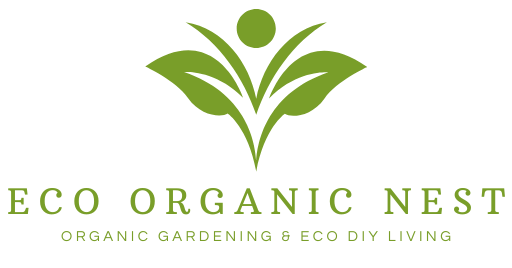
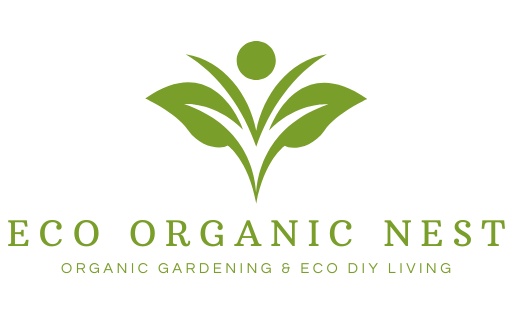
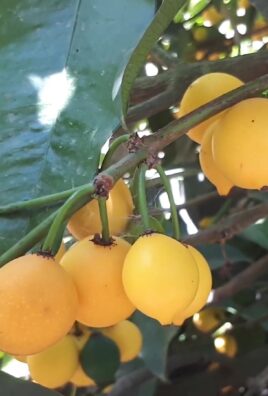
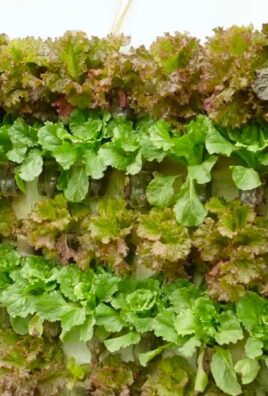
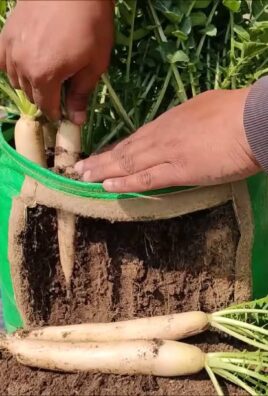
Leave a Comment